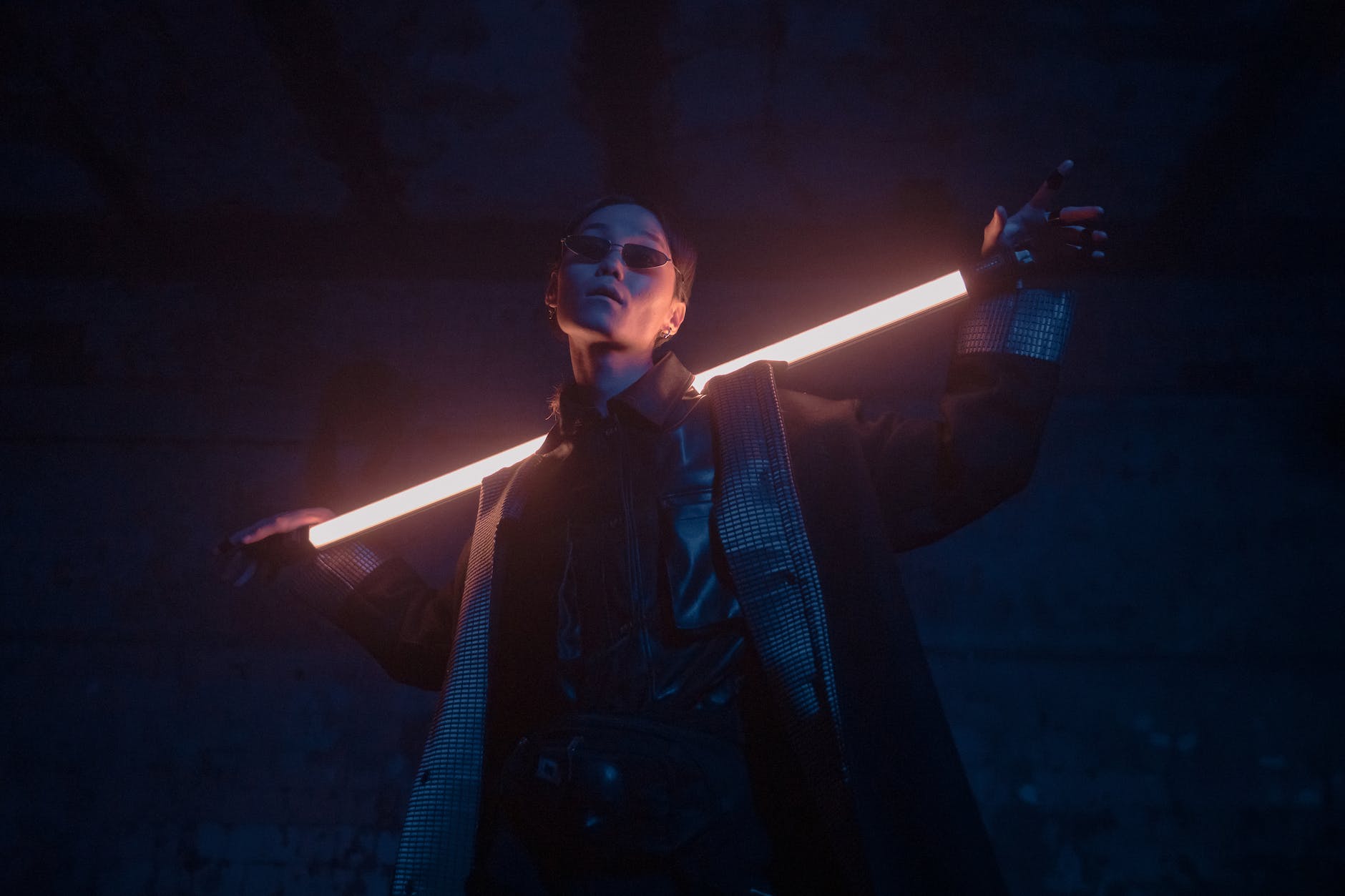The Snowflake Method – A Step by Step Guide

The Snowflake Method is a highly detailed novel outlining method that can be applied to both novels and characters. Much like a snowflake, you begin with a small spec and slowly expand into something beautiful.
The Snowflake Method is a ten step process that’s fairly simple to understand, but a bit time consuming to put into practice. This is more for plotters, who like to know every single detail of their novel before they begin writing. For a more detailed explanation, read this article.
The Steps:
Step One — Summarize your story in one sentence.
This is also known as your premise. For the snowflake method, this is the seed around which the crystals of your novel will form.
Tips: Make it short and sweet. Don’t use names, don’t give too much away. Make it irresistable!

Step Two — Expanding Your Premise into a Synopsis
These are the large brush strokes. Take your premise and add the major details. The goal is to create a short summary of the plot from beginning to end, including some information about the setting.
Briefly touch upon the main characters and their roles (make sure you include your protagonist and antagonist). Don’t add too much, you will be expanding on this as the method progresses.
A good idea is to dedicate one sentence to the introduction, two-three for the middle of the story, and one-two for the ending.

Step Three — Characters
Create a one paragraph summary for each of your characters. Create a vert brief summary of their character arc. Who they are at the beginning the story and who they might become at its end, and what could this happen.
This step will give you greater insight into your overall story. Use this stage as a benchmark. Make any major revisions that you think you might need now before things get more involved.
Be sure to include the following: for each character
- Name and Description
- Motivation and Goal(s)
- Major and Minor conflicts – What stands in the way of their goal(s)?
- The Storyline for this Character – Summarized in a couple of sentences only.

Step Four — The Synopsis Grows
Take your synopsis and expand upon it. A common method is to take each sentence and turn that into a paragraph or a page. There are no rules here. Add as much detail as you want. The main goal of this exercise is to get to know your story better.
Figure out exactly how the story starts. Create some plot points for that long and treacherous middle section. Bounce around some ideas for how to close out the story. Take your crystal shards and watch them bloom into sparkling prisms.

Step Five — Character Development and Exploration
This is where the shards of your characters become more crystalline. Take each paragraph description and expand upon it. Add more detail, provide more background information, give the character more depth. A good benchmark is one page for major characters and half a page for minor characters.

Step Six — The Story Begins to Form
It’s time to focus more on the storyline. It’s at this stage that you might want to move on to the Story Structure article. You have most of your basic details and it’s time to start thinking about the story on a more in-depth level.
If not, this next phase is about expanding the story. You have the three main parts of your story – beginning, middle, and end. Take each of those and write at least two pages about each. If you already have two pages, then add two more.
Really dig into the details. Add in the character arcs. Start constructing scenes. Developing your world building. The story should really start taking shape after this step.

Step Seven — Expanding The Characters:
Creating Character Charts
Through step six, you learned more about who the main players are in your novel. Now it’s time to breathe life into them. For step seven, you will completely flesh out your characters.
A common way to do this is with character charts. Decide on the important details you want to know about each character. Some examples include:
- Name, Age (Birth Date), Description of Physical Look
- Likes and Dislikes
- Affiliation (Houses, Guilds, Royal Last Names, etc…)
- Hobbies
- Goals
- Quirks
- Backstory
- Hopes, Dreams, Wishes
- Character Arc – Beginning, Middle, End
- Key Roles in the Story
- Friends & Enemies
You choose what you think is important to your characters. It’s not the same for every novel. It’s not even the same for every character. Create a collection for each character – a notebook page, a digital chart, a whole notebook, etc… Record all of their information in one place so that it’s easier to reference later.
Step Eight — Create Your Scene Structure
It is often suggested to use a spreadsheet for this stage. I will explain how to do this, but know it’s not essential. If you want to construct your scenes a different way, please do so. The point of this step is plot out your scenes. Then roughly define what happens in each of them.
To Create a Scene Spreadsheet:
- Create a horizontal row for each scene.
- Create a vertical column for each character.
- For each scene, go across the columns and define what happens to each character in the scene.
- Add additional columns to incororate more details for each scene.
- For example, you can add something that happens to a village, or an element of magic that is discovered.
- Make it yours.
Step Nine — Use Each Scene to Write a Narrative Description
Take each scene that you created in Step Eight and expand it. Take the nitty gritty charts and spreadsheets and transform them into beautiful prose. Add vivid details, supplement storylines with imagery, give depth to dialogue.
At this stage, you are essentially writing your story piece meal. You can complete your story like this. Or you can shorten your narrative descriptions so that they’re more like scene summaries rather than full on scenes.
Step Ten — Start Your First Draft
Now you have everything you need to begin actually writing your story. Congratulations! You might want to use this outline as your story structure. Or you could take it and transform your story with one of the story structures mentioned here.
Purchase Your Copy of the Official Book

Also check out The Snowflake Method for Writing Scenes

Plus, grab your FREE copy of my Snowflake Method Workbook:

Note: This page may contain affiliate links for which, if an item is purchased, I will receive a small commission at absolutely no extra cost to you. I only ever post links for products that I have used, found helpful, and loved. Thank you for supporting my writing journey so I can continue to help you on yours!





Thank you for your free resources. I’m a teacher in a small private school without a large budget. I have a gifted student and discovered the snowflake method last year while teaching Writing & Grammar. I’m teaching her Creative Writing this year, and I’m sure that your website will come in handy many times!
Hi Susan!
Thank you so much for your kind words. I’m so glad you’ve found the resources to be helpful. The Snowflake Method is a simple and effective tool for writers of all ages. If there’s anything else you need, feel free to reach out. I’d be happy to help.
Warmest regards, Nicole.